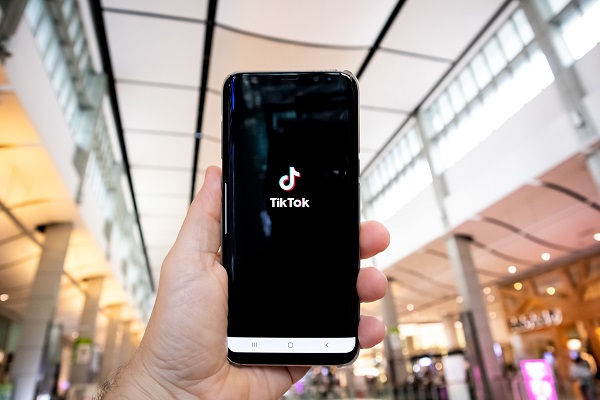The United States – Global short-video platform TikTok has undoubtedly increased its popularity amid the pandemic, where users all over the world have taken it as a favorite past time while being cooped up at home.
Since it launched in 2016, TikTok has continually upgraded both its features and community guidelines. As everyone is on their toes to welcoming the new year, TikTok unveils new features and guidelines, prioritizing ‘safety’ and making the community in the platform more ‘inclusive’.
As a start, new tools are being rolled out to support people with photosensitive epilepsy, and those that lack the capability to see text on videos.
According to a blog post by Joshua Goodman, director of product, trust, and safety at TikTok, the team met with epilepsy advocates to share feedback on how the brand can improve its platform.
As a result of this, TikTok launched a feature in the middle of the year that warns creators when they produce videos with effects that could trigger photosensitive epilepsy. Goodman said in the near time to come, the platform will be introducing an accessibility feature that notify viewers who come across a photosensitive video the option to ‘Skip All’ future photosensitive videos.
Meanwhile, for those that lack the ability to see text on video, the platform will be rolling out a new text-to-speech feature that allows people to convert typed text to voice that plays over text as it appears in a video.
Those that create videos publicize themselves and subject themselves to some privacy risks, and TikTok has also beefed up its community guidelines to make the platform a safer place for its users.
According to Cormac Keenan, TikTok’s head of Trust & Safety, additional specifics to the guidelines were based on behavior they’ve seen on the platform as well as on feedback it’s heard from the community, and input from academics, civil society organizations, and local government bodies.
“At TikTok, safety isn’t a nice-to-have or an afterthought; it’s central to all our work, and our teams strive to be inclusive and thoughtful when developing our policies,” said Keenan.
For one, its updated guidelines incorporate feedback and language used by mental health experts to improve its policies on self-harm and suicide content and avoid normalizing self-injury behaviors. It has also put additional considerations to prohibit normalizing or glorifying dangerous weight loss behaviors.
When it comes to users managing their online presence, TikTok has bolstered its policies on bullying and harassment and the new guidelines are now more explicit about the types of content and behaviors that aren’t welcome on TikTok, including doxxing, cyberstalking, and a more extensive policy against sexual harassment.
Content promoting dares and games have also been present in the platform, and to protect the youth that is seen to be most exposed to this kind of content, the platform has improved its existing dangerous acts policy, adding a harmful activities section to its minor safety policy to reiterate that content promoting dangerous dares, games, and other acts that may jeopardize the safety of youth is not allowed.
TikTok also stands firmly against violence, both online and off. It has updated its previous dangerous individuals and organizations policy to focus more holistically on the issue of violent extremism. Its guidelines now describe in greater detail what’s considered a threat or incitement to violence and the content and behavior it prohibits.
In line with navigating challenging subjects like self-harm, TikTok, over the coming weeks starting December, will be rolling out updated resources to support people who may be struggling. Now, if someone searches for terms like ‘selfharm’ or ‘hatemyself’ they’ll see evidence-based actions they can take.
Resources were created with guidance from leading behavioral psychologists and suicide prevention experts, including Providence, Samaritans of Singapore, and Live for Tomorrow.








